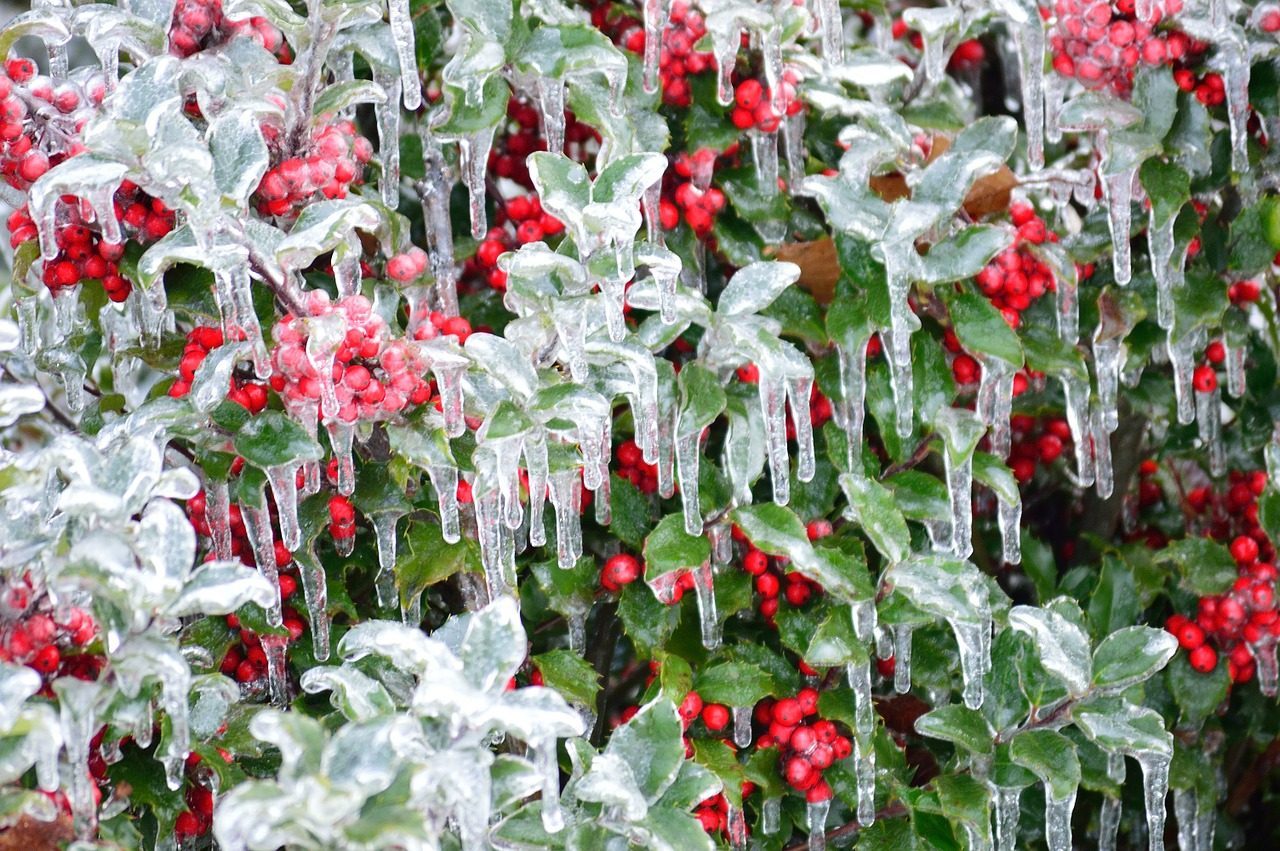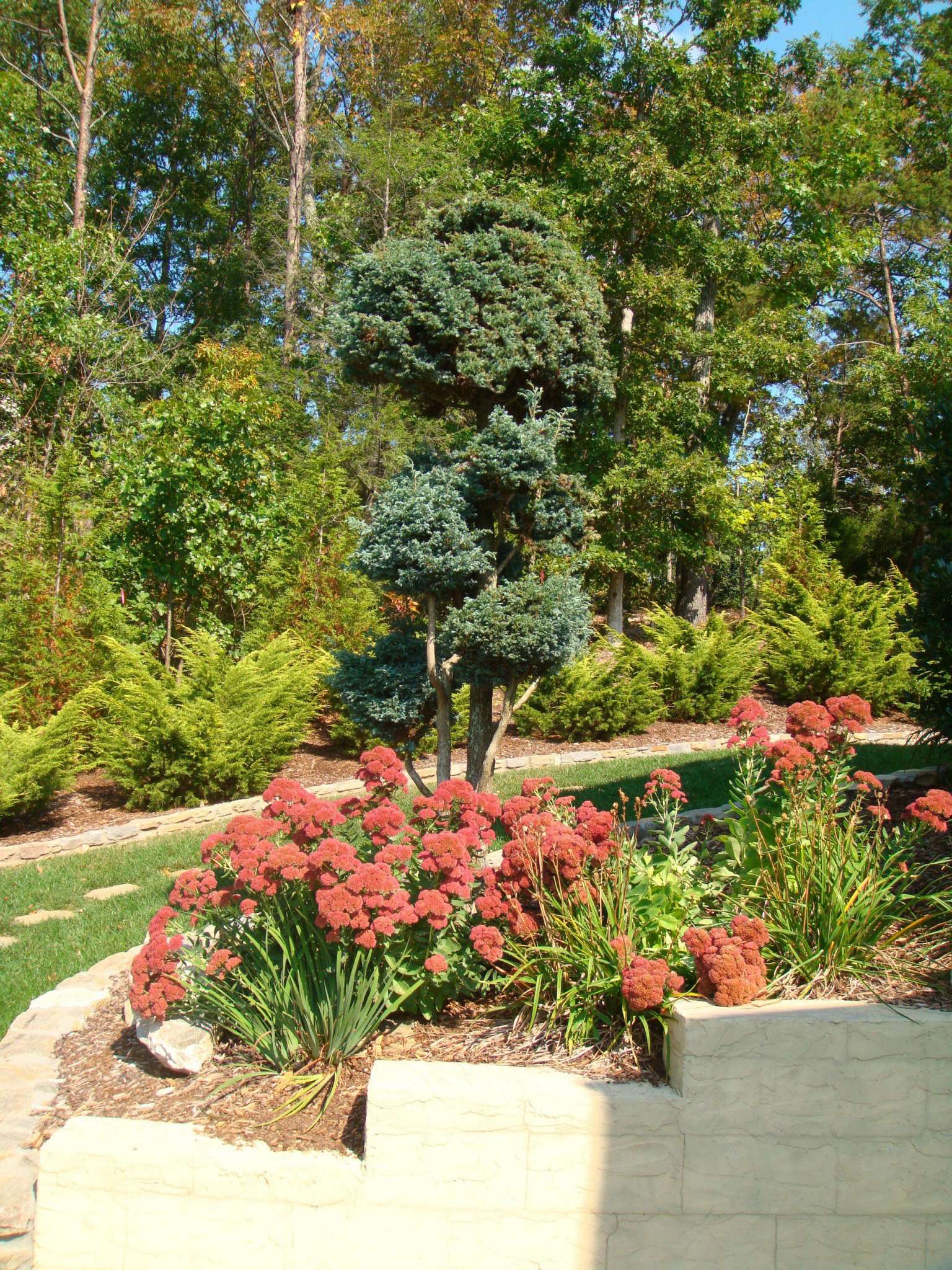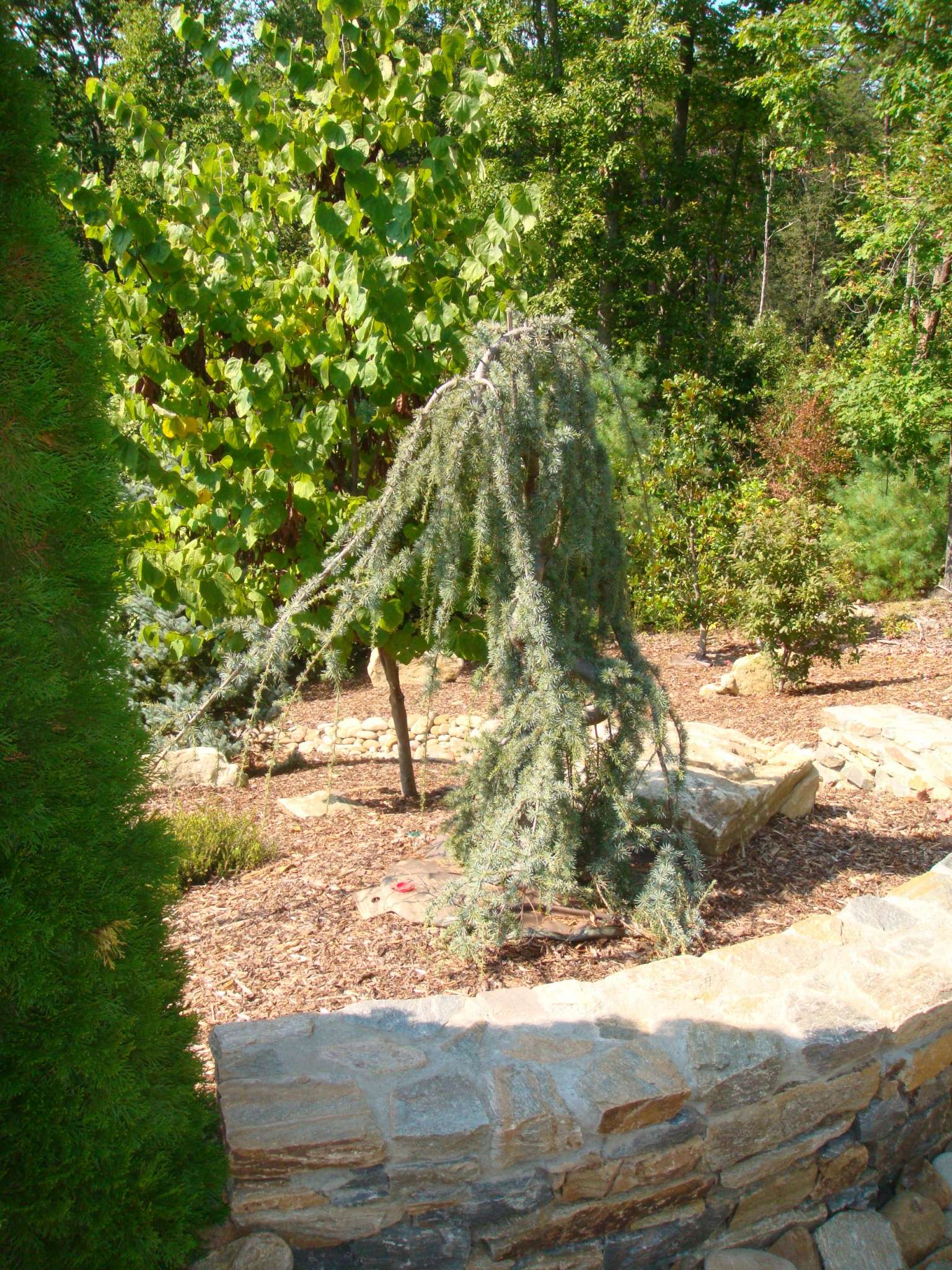Low-Maintenance Landscaping
/in Conifers, Evergreens, Gardening, Low-Maintenance, Mountain Boulders /by Lawn-N-OrderWinter Garden Protection
/in Evergreens, Landscape Contractor, Landscaping, Perennials, Storm Damage /by Lawn-N-Order The weatherman was correct in forecasting a freeze warning this recent weekend and continuing. This means temperatures are likely to get down into the single digits. With that in mind, let’s talk about your plants in the winter garden landscape. Winter weather may play havoc causing winter damage in your garden and we want to give you some tips on how to manage.
The weatherman was correct in forecasting a freeze warning this recent weekend and continuing. This means temperatures are likely to get down into the single digits. With that in mind, let’s talk about your plants in the winter garden landscape. Winter weather may play havoc causing winter damage in your garden and we want to give you some tips on how to manage.
Your root hardy perennials in the winter garden should be fine. Foliage should already be killed back by the cold weather thus far and plants are in dormancy until spring. Hardy perennials, shrubs and trees are still in dormancy, which decrease their likelihood of damage due to the reduced sap content in their branches. With our recent rains, we should be in good shape since a little drink from Mother Nature insures against drying out or desiccation. If recent rains haven’t adequately watered your plants and the rain clouds passed you by, then there’s need to be concerned. Thoroughly water your winter container gardens that may have plantings or particular shrubs or trees that get a lot of wind. The freeze plus wind will increase the likelihood of desiccation. Most landscape plants can recover from a brief dip below freezing. When temperatures plummet below 28 degrees F., then cellular damage can take place. On top of that, if your garden suffers wind along with low temperatures, you may not be as lucky. Wind can plummet the feel like temperatures thus your plant will feel the same exposure. Wind damage is another leading cause of desiccation other than lack of watering.
During a seasonal change when plants are waking up from their long winter naps. If you, however, have some marginally zoned plants in your yard, take special actions to prevent loss by covering with fabric, old sheets, frost cloths (except plastic). They can be uncovered as soon as the temperatures rise above 32 degrees F. Small plants can be covered with a bucket or mulch.If you see browning leaves after the freeze, leave it until spring and then remove. The extra coverage will protect the undergrowth from getting hit if another freeze pops in on us.
If you have suffered winter damage, we can help with diagnosis and replace your plants with recommendations for your landscape.
Conifers in the Garden
/in Conifers, Evergreens /by Lawn-N-OrderConifers are a great garden addition. Ryan uses them successfully in many landscapes. Besides being evergreen they make great specimens and many are blue, yellow and even burgundy. Conifers give a nesting place for birds providing a habitat all year round. Conifers create great structure and bones to a winter garden. Following is a few of our favorites we use in the landscape.
Ryan’s “signature” conifer is the Falsecypress, Boulevard Pom Pom (Chamaecyparis pisifera ‘Boulevard’) This tree has the blue green needles and uniform and compact growth habit. It grows moderately up to 10 ft. tall and 3-5 ft. wide. It is deer resistant and prefers full sun with regular watering weekly. It attracts birds and provides year round interest in your garden. Prune in the spring. It’s a great focal point for the garden because of its texture, form and color. They’re even great as a container specimen on your front porch or deck. It makes a statement and is why they’re often used in Japanese gardens.
One we like to refer to as a “drama queen” is the Weeping Blue Atlas Cedar (Cedrus atlantica ‘Glauca Pendula’). This conifer displays branchlets that drip of blue-green needles. It’s definitely an accent in the garden with dramatic form
especially showing up when snow laden branches display its form. It’s a slow grower and can easily be maintained but has boasted sizes of 15-25 feet tall and wide when left to spread. This specimen does well in a full sun setting in your garden.
To create an interesting vertical point and often used for hedges and privacy screens is the Emerald Arborvitae (Thuja occidentalis ‘Emerald’). It’s a moderate grower topping out at 15 feet tall and 3-4 feet wide. It’s thick evergreen density makes a suitable windbreak on the north side of a garden.
Using conifers and evergreens in the garden not only invites the wildlife to linger but gives added structure, focal points and color all year round. For a landscape consultation, fill out a contact form and we will make an appointment to add these and other specimens to your garden landscape.
Lawn-N-Order Landscaping, Inc.
PO Box 1551
Weaverville, NC 28787




